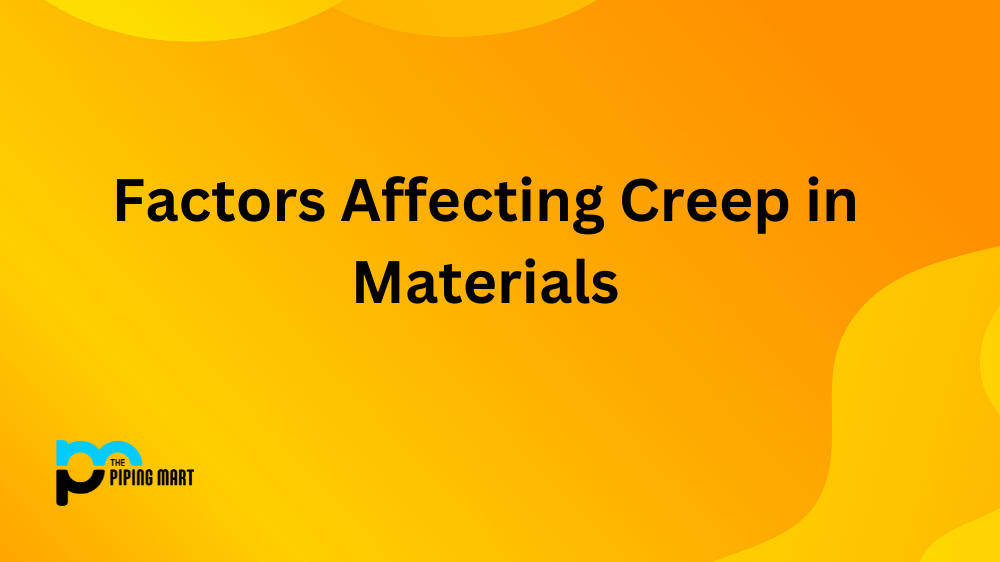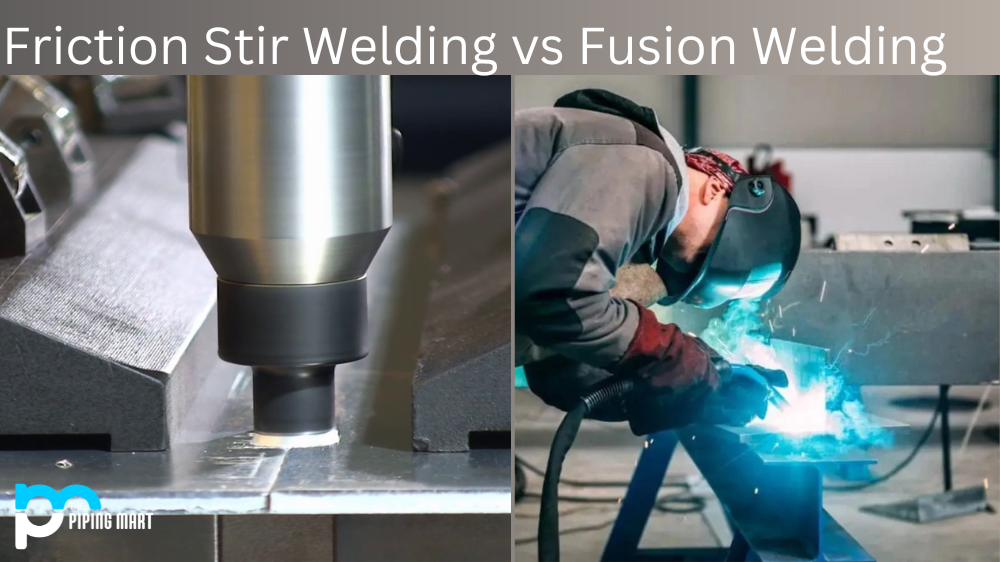The length, color, and appearance of type B HDPE winding structure wall reinforced pipe (also known as HDPE carat pipe), and HDPE double-wall corrugated pipe is comparable. At first glance, it isn’t easy to distinguish between them. Now that we’ve listed the distinctions between these two types of pipes in detail, it will be much easier to tell them apart.
HDPE winding structure wall reinforced pipe B Type (referred to as HDPE carat pipe). Adopt the GB/T19472.2-2004 standard for Type B structural wall pipe. A spiral wound pipe with socket-type electrofusion connection method is the connection technique.
Carat Pipe VS Double-wall Corrugated Pipe
-
Comparison of raw materials
The carat pipe weighs more than 60% more than the corrugated pipe for the same pipe diameter. 100% brand-new raw materials must be used to ensure the quality of the manufactured pipe is trustworthy and stable, as well as its flexibility and the interface’s good welding performance.
The corrugated pipe extrusion method is straightforward, but because of the relatively thick double-walled pipe construction and the frequent addition of recycled materials above 70% during production, the pipe loses flexibility and becomes more unstable and fragile. In places with an uneven geological settlement, it is simple to cause broken pipes and cracks due to the melt’s mass flow rate, the pipe’s appearance is not smooth, and the weld’s ring stiffness and tensile strength are reduced.
This pipe will be available on the market, and you may get it for a meager cost, as the amount of recycled material added during the production process is significantly more extensive than the amount of polyethylene.
-
Comparison of production technology
The hot winding and rolling cooling of the carat tube is computer-controlled. There is no internal stress in the structural wall, no welding seam, and the pipe’s wall thickness is uniform. The parameters of the large-diameter pipes made by winding molding typically range from DN300mm to DN2000mm. They are strengthened by spiral-ribbed pipes, significantly improving the pipe’s ring stiffness. The maximum buried depth can reach 20 meters, and the ring rigidity can be continually modified following engineering requirements.
A corrugated pipe is created by immediately blistering two concentric pipe embryos. It is a component in extrusion molding. Since the equipment’s die determines the extruded tube’s caliber once it reaches a specific caliber, developing the equipment becomes a technical challenge and raises the cost of production. As a result, the produced pipes are smaller in diameter, with DN600mm pipes making up the majority of output.
Additionally, the corrugated pipe’s poor double-wall composite degree makes the inner and outer walls susceptible to delamination when compressed. The outer rib-shaped wall is thin, with a poor force-bearing capacity and a tendency to sag when pressed, resulting in low ring stiffness and a small diameter. The safety decreases with increasing size. Only a few domestic manufacturers can create pipes smaller than DN1200mm. Hence there aren’t many actual use cases.
-
Comparison of ring stiffness
To increase the stiffness of the adjusting ring, all specially shaped pipes use the method of altering the moment of inertia (the distance between the center of gravity of the pipe construction wall and the top of the outer diameter of the pipe). The SQ type can have more than four layers and a moment of inertia two times that of the two-layer primary PR type (19.8 cm). As a result, the stiffness of the pipe ring of all diameters is high and can exceed the national standard GB/The maximum SN16 specified in the T19472.2-2004 standard (16 KN/m2). Bellows’ ring stiffness can only achieve S1 level (S14KN/m2) if they are over DN800 and S2 level (S28KN/m2) below DN600.
-
Comparison of connection methods
The carat tube uses a socket-type electrofusion connection as its preferred connection. This pipe has a flat-wall socket on one end and a socket with an incorporated electric fuse on the other. For electrofusion during construction, you merely need to insert the socket into the socket. When a wire is connected to electricity, it melts into a single body, making the entire pipeline, several dozens of kilometers long, appear to be one continuous pipe.
-
Socket-type electrofusion connection advantages:
The pipe body, a part of the body connection, is consistent in stiffness and strength with the interface, and the socket is entirely fused. When a pipeline is forced, the force is evenly dispersed throughout the pipe through the joint, preventing stress buildup at the connection. The foundation frequently experiences uneven settlement in regions with complicated geological features, such as weak foundations or tidal flats. The carat pipe is joined by socket-type electric fusion and functions like a single pipe, maximizing its sealing and flexibility capabilities and adjusting to geological changes. The carat tube with socket-type electrofusion connection provides excellent impact resistance in geologically unstable places where heavy weights are frequently employed for buried laying. Bellows are incapable of handling this.
When there is groundwater and complex rain drainage, a location is prone to collapse. Long-term excavation will compromise the safety of employees, buildings, and traffic, use bearings instead of caliber pipes with socket-type electric fusion connections. While excavating and laying the pipe, the HDPE carat pipe with a plug-in electrofusion connection can be backfilled. The interface serves as the primary body connection, making stress resistance strong. Once soldered to the groove’s edge, the entire pipe can be inserted into the groove. Along with the rigorous backfill density criteria for other plastic pipes, the trench’s flatness, width, and lower grading standards, among other factors, reduce the amount of excavation and the quantity of earth removed from the site.
However, the corrugated pipe should utilize a sealing ring connection in addition to paying attention to the groove’s flatness and exerting more effort. This connection uses materials other than polyethylene, so the junction will form due to the expansion coefficient if the piping system experiences a significant temperature differential. The difference may result in plastic deformation or water leakage, impacting the pipe system’s flow capacity and tightness. The anti-aging properties and long life of polyethylene materials are apparent under normal conditions. Still, because all of the present bellows joints use rubber sealing rings, these properties and lives of rubber materials are significantly less than those of polyethylene materials. Additionally, the rubber substance is easily corrupted and ages. The operational quality of the polyethylene pipe system and the polyethylene pipe will be significantly reduced because it becomes rigid and inelastic with age or the rubber ring is degraded (the best seal ring in the world has a lifespan of just 15 years). the system’s lifespan.
-
Comparison of maintenance and service life
The pipeline system has a life of more than 50 years since the primary material (high-density polyethylene) used in the carat tube has a life of more than 50 years. The connection uses a socket-type electrofusion connection (i.e., body connection) without auxiliary materials.
The life of auxiliary materials impacts the piping system’s lifespan since corrugated pipe connections require them (such as rubber seals, etc.) The piping system needs maintenance and is challenging to maintain (including adding recycled materials throughout the production process, often less than 15 years).
It can be inferred from a comparison of HDPE carat pipe and double-wall corrugated pipe that carat pipe performs significantly better than corrugated pipe in terms of weight, quality, and overall effectiveness.
Since HDPE carat pipe is widely used abroad, the Chinese Ministry of Construction has identified it as a significant promotional item. Many pipes DN2200 and lower are utilized in the municipal power terminal chemical industries in coastal areas. As the only novel material drainage pipe at the moment, HDPE winding reinforced pipe has been effectively used in significant national projects and sectors, including petrochemical, petroleum, nuclear power, aluminum metallurgy, etc.

Pipingmart is B2B portal specializes in industrial, metal and piping products. Also, share latest information and news related to products, materials and different types grades to help business dealing in this industry.




